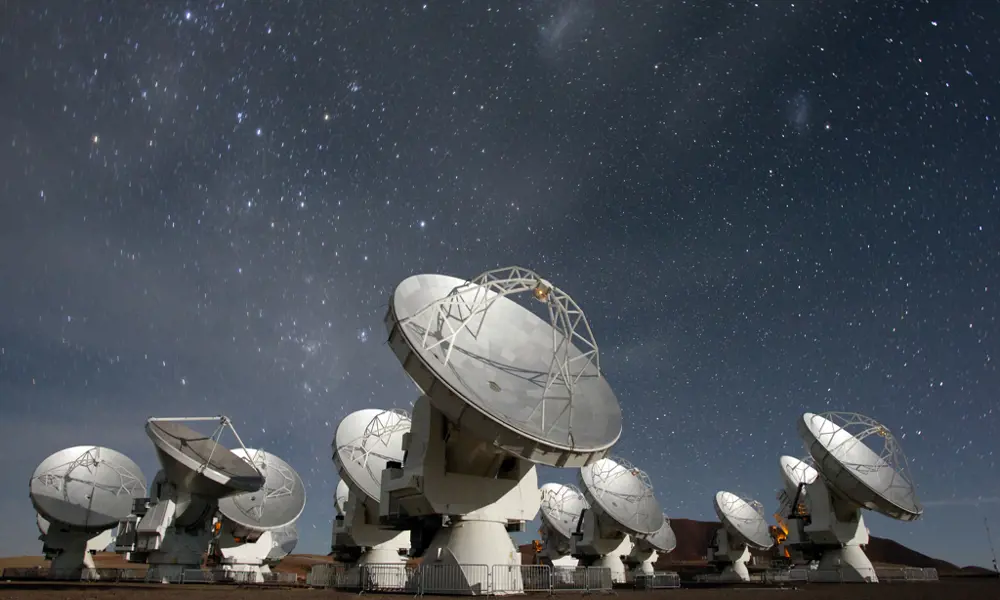
ALMA – the high altitude observatory
One of the greatest advances in astronomy in the past century has been the advent of sensors that can detect light beyond the visible region of the electromagnetic spectrum. To the unaided eye, the night sky appears as myriad pinpoints of light with large dark spaces between them. This is because the predominant sources of visible light in the universe are stars, which are small when compared with the vast empty spaces between them.
When the sky is observed at other wavelengths, the familiar patterns of stars and constellations are replaced by more complex structures. At wavelengths shorter than the visible region, the Earth’s atmosphere is opaque and observation usually has to be done from space. At longer wavelengths of light, useful observations can be made from the ground in a few narrow infrared bands and more extensively within the radio region. ALMA is by far the most ambitious telescope ever designed to observe these longer wavelengths: an array of 66 twelve-metre diameter dishes (antennas) in the Atacama Desert in Chile, which was completed in 2013 after more than a decade of engineering effort.
ALMA is by far the most ambitious telescope ever designed to observe these longer wavelengths
ALMA is sensitive to wavebands called the millimetre (mm) and submillimetre (sub-mm) wave and which lie between the far-infrared and radio parts of the spectrum. Within these regions, the whole sky glows with diffuse wispy structures. Most of this light does not come from stars, but rather from cold low-density material that pervades the vast dark expanses of space between them – see an observatory in the wilderness.
Why submillimetre?
🔭 What the different wavelengths of the electromagnetic spectrum are used to observe
The visible region accounts for only a tiny portion of the total electromagnetic (EM) spectrum. Radio, television, and microwave signals are all classified as regions within the EM spectrum and can be thought of as light waves (photons) occurring at wavelengths to which the human eye is insensitive. The shortest wavelengths are ultra violet, x-ray, and gamma-rays and which are characterised by high energy photons that are potentially harmful to human health.
High-energy gamma-ray and X-ray telescopes visualise the most energetic dynamos in the cosmos, such as active galaxies, the remnants from massive dying stars, and accretion of matter around black holes. Visible light telescopes probe starlight emitted from individual stars and stellar collections (galaxies) which are also reflected off material in the interstellar medium. Telescopes operating at longer wavelength collect energy from dark, cool, obscured structures in the Universe: dusty star-forming regions, dark cold molecular clouds, the primordial radiation emitted by the formation of the Universe shortly after the Big Bang.
Submillimetre-wavelength (0.3 - 1.0 mm) astronomy is perhaps the last wholly unexplored wavelength frontier. It presents technical challenges due to the complexity of the instrumentation needed to register it, and is limited by the ‘opaqueness’ of the Earth’s atmosphere a low altitudes – see what is submillimeter.
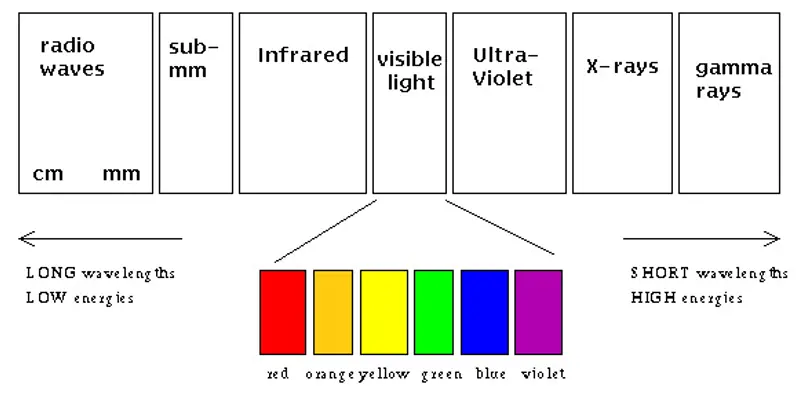
© Arizona Radio Observatory
An observatory in the wilderness
ALMA was initially an equal partnership between the National Radio Astronomy Observatory and European Southern Observatory (ESO), but was later expanded to include Japanese, Taiwanese, and Chilean partners. ALMA is the largest and most expensive ground-based astronomical project, costing between US$1.4 and $1.5 billion. High-value contracts needed to be spread between the contributing countries, and delays or technical hitches in any area could have compromised the entire project.
To see anything at all in this region, ALMA needed to be built at a high altitude site with a dry climate
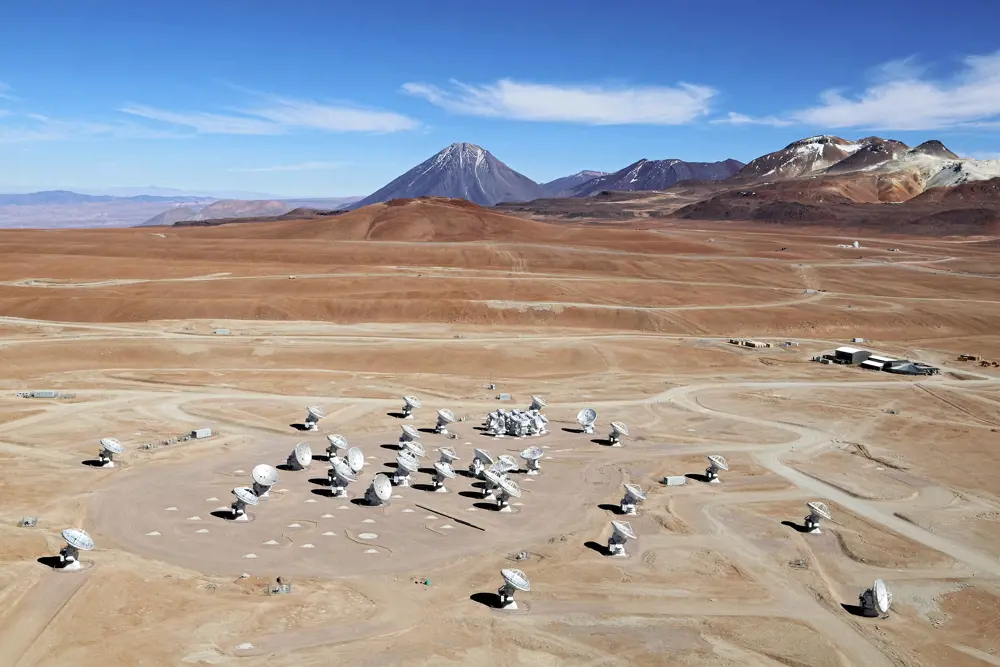
ALMA from the air. The array consists of 66 antennas situated on the Chajnantor Plateau at an altitude of 5,000 m in the Chilean Andes. The large antennas have a diameter of 12 m, while 12 smaller antennas have a diameter of 7 m © Clem and Adri Bacri-Normier (wingsforscience.com)/ESO
ALMA’s project managers turned these national considerations to their advantage by assigning multiple teams in different countries to work separately on the most critical tasks. For example, of ALMA’s 66 dishes, 25 were built by a European consortium led by Alcatel, 25 by a North American company, Vertex RSI, and the remaining 16 by Mitsubishi Electric Corporation. Each team produced their own design based on the same technical requirements, minimising the risk of a single design flaw compromising the telescope’s performance.
At the outset of ALMA’s design, the greatest engineering challenge was finding a suitable site for the observatory. In the UK, we are used to clouds blocking our view of the sky on 60% of nights. For ALMA, the situation is far worse. Even diffuse water vapour that appears completely transparent to visible light is opaque to sub-mm wavelengths. To see anything at all in this region, ALMA needed to be built at a high altitude site with a dry climate.
Few places on Earth offer such conditions, and their dryness makes them very inhospitable places to work – for example, the South Pole is cold and hard to get to, and the Atacama Desert is high up in the Chilean Andes. The latter was selected as the most practical site for ALMA because it offered a large very dry and flat plain – the Chajnantor Plateau – that could accommodate a telescope of ALMA’s size. Some areas of this site record as little as 3 mm of rain in an average year, and there is often very little water vapour overhead.
This climate made the site appealing scientifically, but presented engineers with the challenge of managing a large infrastructure project at an altitude of 5,000 metres above sea level, where the air is so thin that oxygen masks often need to be worn. There was little precedent for working at such altitude on such a large and technically complex project.
[The climate] presented engineers with the challenge of managing a large infrastructure project at an altitude of 5,000 metres above sea level, where the air is so thin that oxygen masks often need to be worn
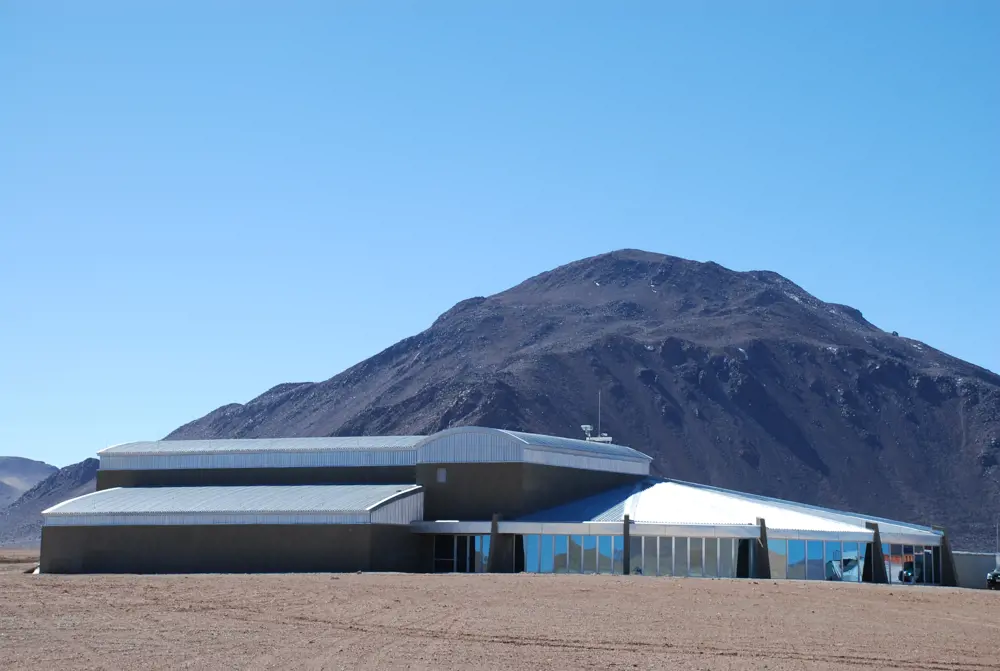
The ALMA technical building on the Chajnantor plateau is the second highest building in the world, and home to ALMA's control systems and correlator. It usually runs unstaffed because of the difficulties of working at such altitude © ALMA (ESO/NRAO/NAOJ)
Ensuring adequate staffing in such a remote environment is challenging, and personnel need to be given time to acclimatise and must be monitored for signs of life-threatening altitude sickness. Because of this, it was decided to split ALMA between two sites. Only essential hardware would be deployed at the observing site, and all the day-to-day running of the telescope would be managed remotely from an operations support facility (OSF), 28 km away at a lower altitude of 2,900 m. Every component at the observing site would be optimised to run with as much autonomy as possible in order to keep the number of servicing trips to the observing site to an absolute minimum.
It was decided that even tasks such as assembling and calibrating the antennas should be done remotely because performing precision tasks at altitude is extremely difficult and demanding. Transporting 115-tonne antennas between the two sites required roads to be built from scratch, and specialist heavy-lift antenna transportation vehicles to be commissioned.
These antenna transporters have become one of the iconic images of the engineering challenge ALMA posed: vehicles needed to be powerful enough to make the 2 km ascent from the OSF to the observatory, in thin air where their diesel engines produce only half as much power as at sea level. In addition to their power, they needed to give operators enough control to place antennas on plinths at the observing site with millimetre scale precision.
The development of the site and establishment of the dishes took a decade of engineering effort and the last of ALMA’s antennas were delivered and commissioned in 2013.
Aperture synthesis
📡 How multiple smaller antennas can combine and replace the need to build an unfeasibly large antenna
The correlation between each antenna and the addition of appropriate phasing can synthesise an extremely large aperture with equivalent focus, without having to physically build an unfeasibly large antenna. Not all of ALMA’s antennas are required to ‘fill’ the large aperture.
A combination of moving antennas on the ground, the rotation of the Earth and some mathematical interpretation will achieve the same result. The technique relies on the fact that most celestial sources do not change their appearance with time. It is the projection of these antennas on the sky, over time, that synthesise the equivalent large structure.
In fact, just two antennas can be used to do this. However, the more antennas that are available, the better and quicker the full antenna can be represented. This will also be more sensitive and has reduced data artefacts.
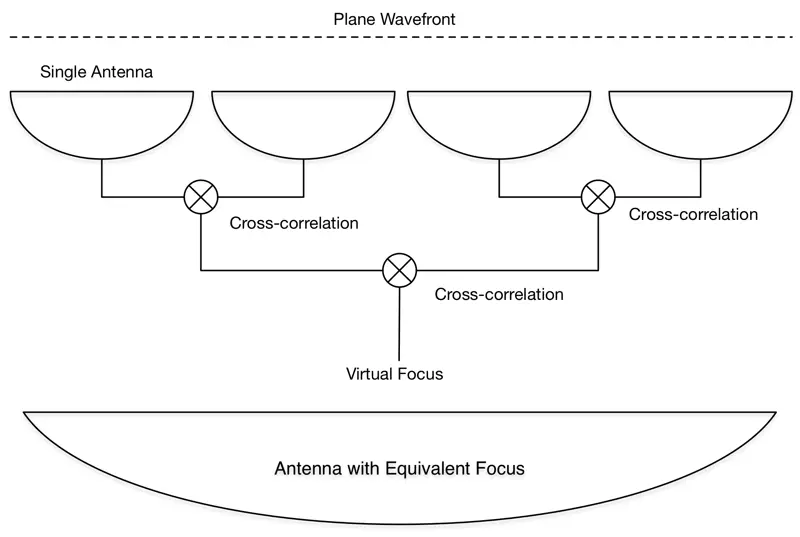
An array of dishes
One of the principal aims of ALMA is to look for condensations of dust particles in the vicinity of newly formed stars and which might one day form into Earth-like planets. Spectroscopy allows astronomers to probe the chemical make-up of such material and learn whether the chemical building blocks for life might already have been present in the material from which the Earth formed. Previous telescopes have detected simple carbon-based molecules of up to a dozen atoms, and ALMA’s superior resolution is capable of identifying larger molecules.
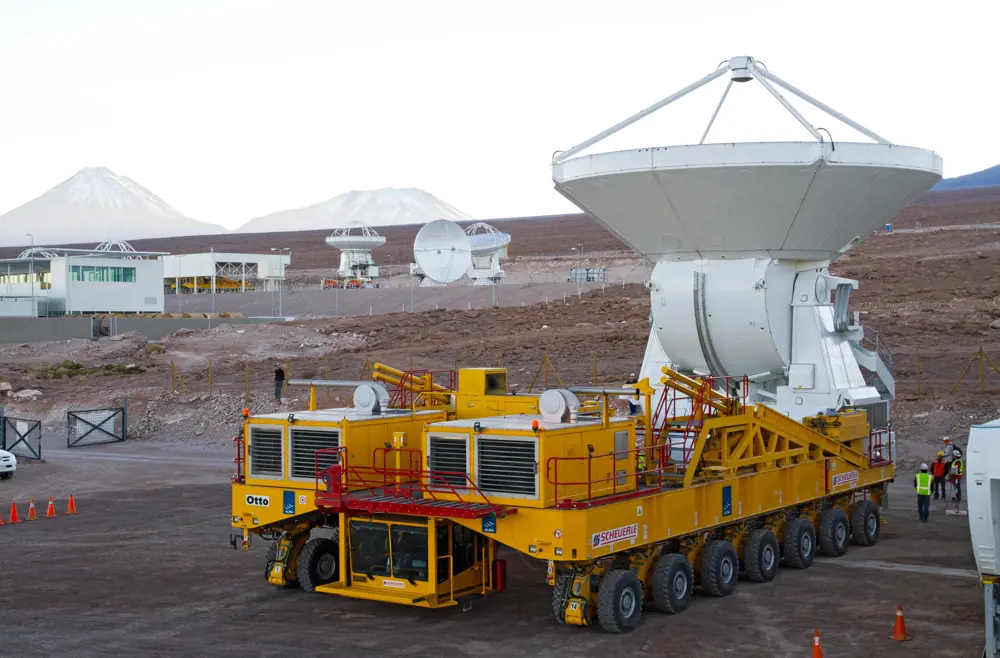
Two transporters were commissioned from German heavy-lift specialists Scheuerle Fahrzeugfabrik GmbH, measuring 10 m across and 20 m long. Anovel system of 28 electronically-controlled wheels was employed to improvetraction and fine manoeuvrability. The sheer weight and size of these vehicles– 130 tonnes unladen, rising to 240 tonnes with an antenna – called for extensive customisation to ensure they could be safely controlled on steep inclines. This included a custom braking system, and two engines, each with twice the output of a Formula 1 engine © ALMA (ESO/NRAO/NAOJ)
To see planets in the process of being formed requires exceptionally high-resolution images. ALMA can produce images that are 10 times sharper than those produced by the Hubble Space Telescope – good enough to see a golf ball clearly at a distance of 500 km.
To obtain images with such high resolution, ALMA needed to be exceedingly large. A physical effect called diffraction limits the resolution, ie the smallest structures that can be seen by a telescope of any given size, and scales in proportion to the observation wavelength. If ALMA were a visible-wavelength telescope, it would need an aperture the size of a large house to reach the required resolution – on a par with the world’s largest telescopes. ALMA, however, observes at wavelengths a thousand times longer than visible light, meaning its aperture would need to measure 16 km across to achieve the required image detail.
Fortunately, an engineering solution already existed. Radio astronomers at Cambridge University had been frustrated in the same way in the 1960s. Led by Sir Martin Ryle, they developed a technique called aperture synthesis. Many individual small telescopes were spread across a large area, and the signals they detected were combined electronically by a correlator machine. The resulting system behaved as if all the antennas were part of the same giant aperture – see aperture synthesis. Although the images obtained have complex artefacts generated by the correlation process, subsequent image processing techniques have been developed over the past 50 years to minimise or even remove them completely.
Cryogenics in the desert
🧊 Solving the problem of providing cryogenic facilities
The problems of providing cryogenic facilities capable of simultaneously cooling receiver bands to <4K at a high altitude site and on remotely located antennas were solved by a team at Rutherford Appleton Laboratories (RAL). Use of cryogenic liquids to achieve cooled operation was logistically and financially prohibitive. So the RAL team developed a solution which utilised the integration of a dedicated commercial cooler with a tailored receiver housing.
The receiver subassemblies are each inserted into the cryostat to form an ALMA front-end system. To solve the complex issue of receiver cryogenic connection, a bespoke self-aligning thermo-mechanical link has been created that automatically ensures thermal contact with the main cryocooler as the system is cooled. This allows easy insertion and extraction of the receiver subassemblies into and from the cryostat respectively.
One front-end system is required for each ALMA antenna, and a total of 660 separate receiver subassemblies were necessary to fully equip the array. All other external, non-cryogenic, assemblies have been designed to allow straightforward integration and minimal operator intervention.
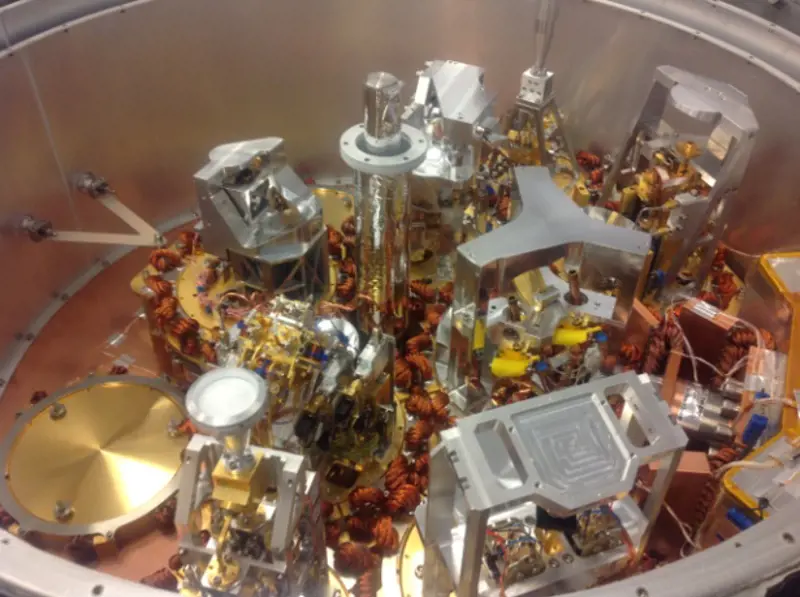
Taking off the top portion of the cryogenic system reveals the complex receiver units. Having passed through the signal windows, the mm and sub-mm wave light is directed by mirrors or plastic lenses to the superconductor-insulator-superconductor (SIS) mixers. The lower frequency output signals from each receiver exit the cryogenic system through its base
Detecting mm and sub-mm waves
Using aperture synthesis made it feasible for ALMA to reach the resolution needed, but the technique had rarely been used to detect sub-mm wave ‘light’ on such an extensive scale. For aperture synthesis to work, sub-mm wave light must be measured in detail and sent to a correlator. It is not enough to simply record the intensity of the light as a conventional camera does; knowledge of the phase of the signal is also essential. To achieve this, a sub-mm wave detector that worked like a radio set was needed – one that would turn the sub-mm waves directly into a signal that could be digitised and recorded in a computer.
In radio telescopes this is comparatively easy: the waves being measured are at GHz frequencies. They can be detected and manipulated with electronics similar to those used in the telecommunications industry. ALMA, on the other hand, works at frequencies of hundreds of GHz.
Infrared telescopes have usually used sensors called bolometers, which measure the tiny heating effect of infrared radiation falling on the detector. These were ruled out for ALMA because they record only the intensity of the light. Instead, state-of-the-art SIS mixers, comprising two superconducting layers separated by a thin insulating film, were used to form receivers. When cooled to a suitably low temperature – around 4 Kelvin (-270°C) – these devices convert sub-mm waves into a low frequency electrical oscillation – see Cryogenics in the desert.
The final remaining challenge for ALMA's engineers was then to calibrate the correlator, which needs to know the position of every antenna to a precision better than a single wavelength of sub-mm light
Most televisions and radios use a technique called heterodyning to lower the frequency of the radio signals they receive to a more manageable intermediate frequency. They do this by mixing the incident signal with a well-regulated reference signal of similar frequency. The amplitude of the combined signal beats at a rate equal to the frequency difference between the two input signals, and these beats can be measured. In ALMA, this same technique is used to reduce mm and sub-mm wave signals to frequencies below 12 GHz.
The resulting signals are still at frequencies much too high to be transported over long distances so a technique borrowed from telecommunications electronics is used to make them more manageable. This involved converting the signals to optical light, which can be comfortably transmitted over optical fibre to ALMA's correlator. This method provides a convenient way of linking all of the ALMA antennas together and sending the signal information over many kilometres without loss or corruption- see Data processing.
The final remaining challenge for ALMA's engineers was then to calibrate the correlator, which needs to know the position of every antenna to a precision better than a single wavelength of sub-mm light. The lengths of all the cables- which introduce delays as signals travel down them at finite speed- must also be known to similar accuracy. In practice, it is impossible to know the desert terrain to sub-millimetre precision, but the required measurements can also be determined by pointing ALMA at several known bright sources located around the sky. By knowing exactly where these objects are, and what the offsets between the signals returned from each antenna ought to be, it's possible to determine where each antenna is positioned and the length of each connecting cable. This information is then used to ensure that ALMA works properly as an interferometer and that is is able to synthesise an equivalent single aperture.
Data processing
🖥️ How 17 million billion arithmetic operations each second are processed in real time
The computer used to combine the signals from ALMA’s antennas is one of the most powerful in the world and correlates the signal from each antenna to perform interferometry. Even with data compression provided by heterodyne receivers, ALMA’s 66 antennas produce around 750 GB of data every second. This cannot be stored, and needs to be processed by a correlation computer in real time, requiring 17 million billion arithmetic operations each second.
This rate of data processing is comparable to the performance of the world’s fastest supercomputers. The fact that ALMA’s correlator performs the same repetitive computations makes this feasible, however. Most of the transistors are contained in a traditional central processing unit (CPU) and implement control logic, allowing it to run arbitrary code to complete many different tasks. Only a small fraction of the transistors are actually used to perform arithmetic.
Field-programmable gate arrays and application-specific integrated circuits allow single-purpose chips to be developed that achieve much higher calculation rates than traditional CPUs, albeit with much reduced flexibility. They have the drawback of significantly higher software development costs, but this is partly compensated for by cheaper hardware. For a computer the size of the ALMA correlator, where hardware cost threatened to make the project unfeasible, this trade-off was worth making.
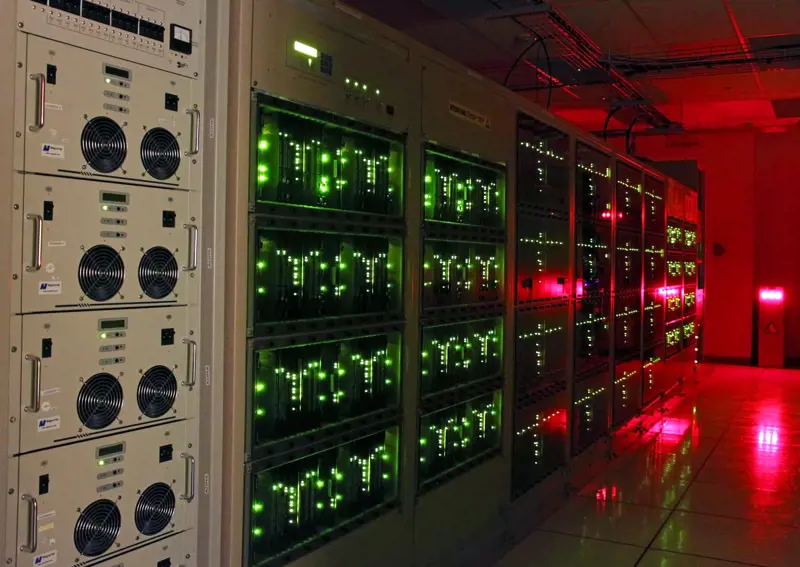
The ALMA Correlator is the world’s highest altitude supercomputer. The air is so thin that twice the normal airflow is necessary to cool the machine,which draws some 140 kilowatts of power. Seismic activity is common, so the correlator had to be designed to withstand the vibrations associated with earthquakes © ALMA (ESO/NRAO/NAOJ)
System performance
The first trials with the antennas 16 km apart were performed in 2014, including observations of five objects. Full scientific performance could not start immediately as extensive calibration was still needed, and initially the telescope was operated with its antennas close together, producing low-resolution images. ALMA observes at much longer wavelengths which makes it much harder to obtain sharp images. However, it is so big that its vision is up to ten times sharper than the Hubble telescope.
[ALMA] is so big that its vision is up to ten times sharper than the Hubble telescope
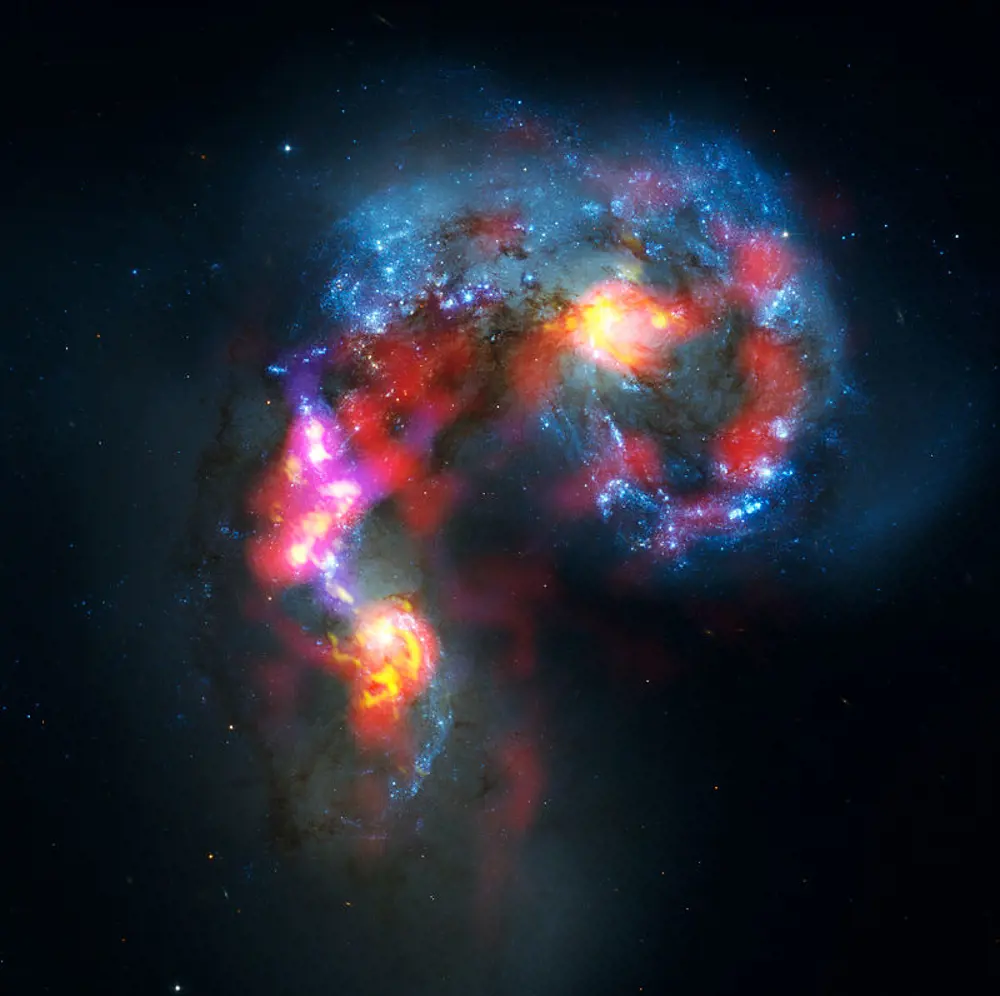
The Antenna Galaxies are a pair of distorted colliding spiral galaxies about 70 million light years away, in the constellation of Corvus. This view combines ALMA observations, made in two different wavelength ranges during the observatory’s early testing phase, with visible-light observations from the NASA/ESA Hubble Space Telescope. While visible light – shown here mainly in blue – reveals the newborn stars in the galaxies, ALMA’s view shows something that cannot be seen at those wavelengths: the clouds of dense cold gas from which new stars form.The ALMA observations – shown here in red, pink and yellow – were made at specific wavelengths of millimetre and submillimetre light (ALMA bands 3and 7), tuned to detect carbon monoxide molecules in the otherwise invisible hydrogen clouds, where new stars are forming © ALMA (ESO / NAOJ / NRAO);NASA / ESA Hubble Space Telescope.
With the main ALMA construction activity complete, engineers are now considering future instrumentation that will further enhance ALMA science. This includes, for example, the addition of new receiver bands that will extend the frequency of operation to beyond 1THz, multi-pixel receivers that allow camera-like imaging, and advancement of the correlation computer to support wider operational bandwidth and increased scientific data throughput.
Additionally, ALMA will not work in isolation, and already engineering concepts and prototype instrumentation are being developed that support cross-continental links with other observatories and will allow very long baseline interferometry to be performed. In coming years, a new generation of low-frequency radio astronomy observatories, the Square Kilometre Array and Low Frequency Array, which also use interferometry, will provide high-resolution images that complement ALMA observations.
ALMA and other new observatory facilities will detect the earliest signals originating from the formation of the universe, map the celestial sphere in incredible detail, and, quite possibly, identify the basic mechanisms that generated life. A revolutionary period of radio astronomy is dawning, and is being realised through the coordinated skill and ingenuity of engineers worldwide.
🌌 For updates from the ALMA observatory, visit their webpage.
The author would like to thank Domnic Ford, science journalist and founder of www.in-the-sky.org for his help in writing this article.
***
This article has been adapted from "ALMA - the new high altitude observatory", which originally appeared in the print edition of Ingenia 65 (December 2015).
Contributors
Professor Brian Ellison FIET leads the STFC Rutherford Appleton Laboratory Millimetre Wave Technology and Chilbolton Observatory Groups, and is the ALMA UK Project Manager. Originally trained as an astrophysicist, he is an expert in terahertz heterodyne receivers and is a chartered engineer. He previously developed SIS receivers at the California Institute of Technology, and is a visiting professor at the Open University and the University of Cardiff.
Keep up-to-date with Ingenia for free
SubscribeRelated content
Aerospace
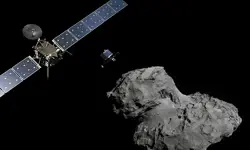
Communicating with outer space
The Royal Academy of Engineering awarded a team at BAE Systems the Major Project Award in June 2016 for their development of a powerful satellite modem system, pivotal in enabling the precise control of the pioneering Rosetta spacecraft and the first-ever soft landing of a spacecraft on a comet.

An aircraft like no other
The Airlander made headlines when it embarked on its first test flight in August 2016 as the world’s largest aircraft. Chris Daniels at Hybrid Air Vehicles Limited, and David Burns, Airlander’s Chief Test Pilot, talk about the engineering that helped it reach this stage and plans for the craft’s future.

Q&A: Lucy Harden
Lucy Harden is a mechanical engineer on BAE Systems’ Digital Light Engine Head-Up Display development programme. She devises innovative solutions for pilots to display essential flight information that sits directly in their line of sight and is overlaid onto the real world.

Ready to break records
In October 2017, almost a decade of engineering development finally came to fruition when the Bloodhound Supersonic Car embarked upon its first tests at Newquay Airport. Mark Chapman, Bloodhound’s Engineering Director, spoke about how it will attempt to break the world land speed record in South Africa.
Other content from Ingenia
Quick read

- Environment & sustainability
- Opinion
A young engineer’s perspective on the good, the bad and the ugly of COP27

- Environment & sustainability
- Issue 95
How do we pay for net zero technologies?
Quick read

- Transport
- Mechanical
- How I got here
Electrifying trains and STEMAZING outreach

- Civil & structural
- Environment & sustainability
- Issue 95